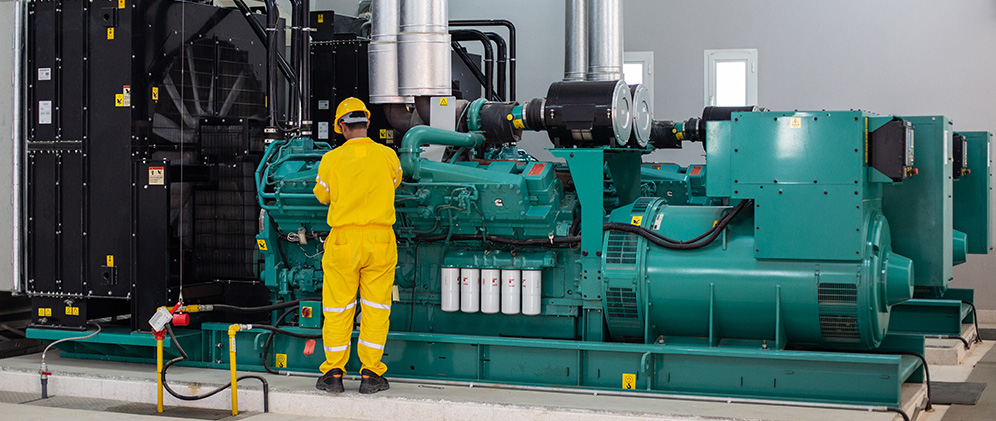
A generator is an electrical machine that converts a form of energy (mechanical energy) into electric power. It provides an electric source during a power outage to avoid disrupting daily activities or business operations.
There are several types of generators in the Philippines, namely:
Also called a standby generator, this generator connects to an in-house electrical system and a fuel source, such as natural gas or propane, to keep all appliances running during a power outage.
A portable generator is a gasoline- or diesel-powered device that is small in size but has a variety of applications and is more cost-effective than a whole-house generator.
This generator adjusts its engine speed automatically, reduces noise and emission levels, and produces clean energy.
This is the most prevalent type of generator, which uses a gasoline engine to power light appliances and tools.
A diesel generator is more fuel-efficient, robust, and durable than a gasoline generator due to its low burning temperature.
The price of a generator varies depending on its size, model, wattage output, engine speed, manufacturer and installation process.
Most people invest in generator sets for the following reasons:
Consider the following factors before installing a generator set in the Philippines:
Ensure that the generator set is placed in an area with proper lighting and access for service and repairs.
Generator sets should be placed on a level base with anti-vibration mounts if necessary.
The generator needs sufficient ventilation for adequate cooling and to reduce heat and fumes from combustion.
It comes in many options, including manual pumps and fully automatic systems.
A transfer switch is an electronic panel connected to the electrical distribution system that enables generators to work. It prevents the generator from back-feeding into the power supply, which results in injuries to line workers.
Most generators emit intense buzzing or mechanical noise because of their exhaust, engine, and airflow.
A gas-powered generator typically runs for several hours or even 24 hours, while a portable generator has a large fuel capacity that can last for a number of days.
A generator will operate for as long as fuel is available, although it can supply power to a residence for an average of 3,000 hours.
Generators are covered by a two-year warranty, limited to 500 hours per year following installation and any failure that results from defects in the unit’s design.
When a generator becomes overloaded, the following may occur:
Underloaded generators may fail to reach their peak operating temperature, causing the burnt oil to be heated and form a lacquer on the cylinder liners.
Generator sets are well-designed to withstand harsh environments and adverse weather conditions. Shielding of components is required to prevent shorts and corrosion.
A generator set’s maintenance requirements depend on some factors, including its usage, the environment, and the load it carries. Check the generator frequently or consult with a provider for repairs.
Looking for a generator for sale in the Philippines? Check out ALTA Maxpower Co. Inc., a leading manufacturer of mid-range power generators. We also offer rental generators on a short-term or long-term basis, depending on the client’s needs. For more information about our products and services, contact us at (02) 8844 3476 or at info@maxpower.com.ph.
